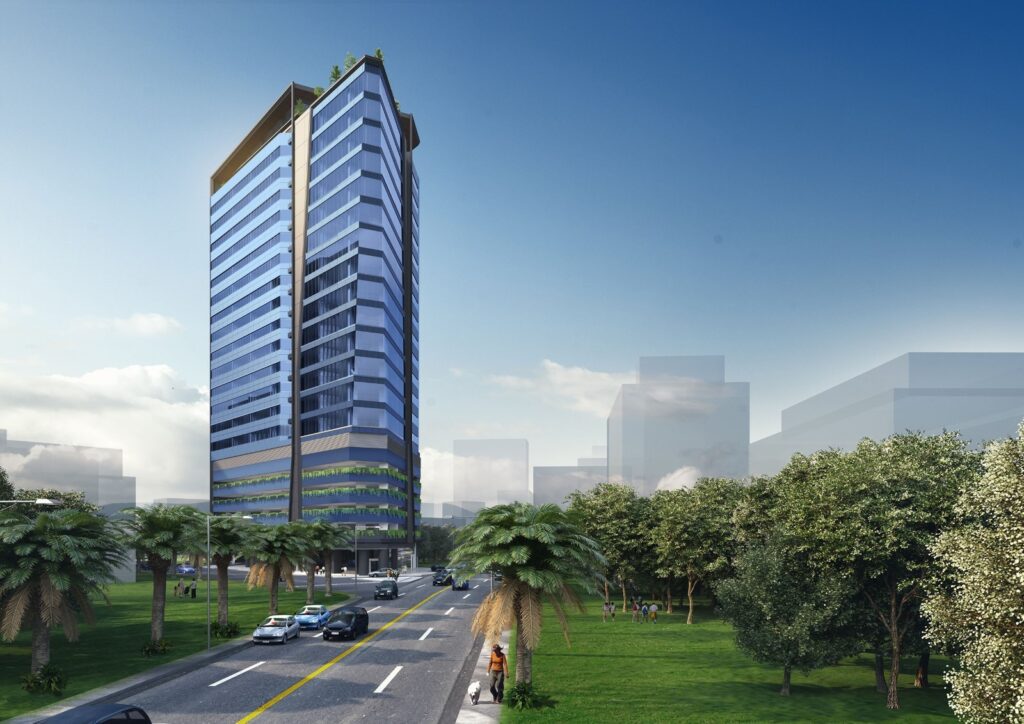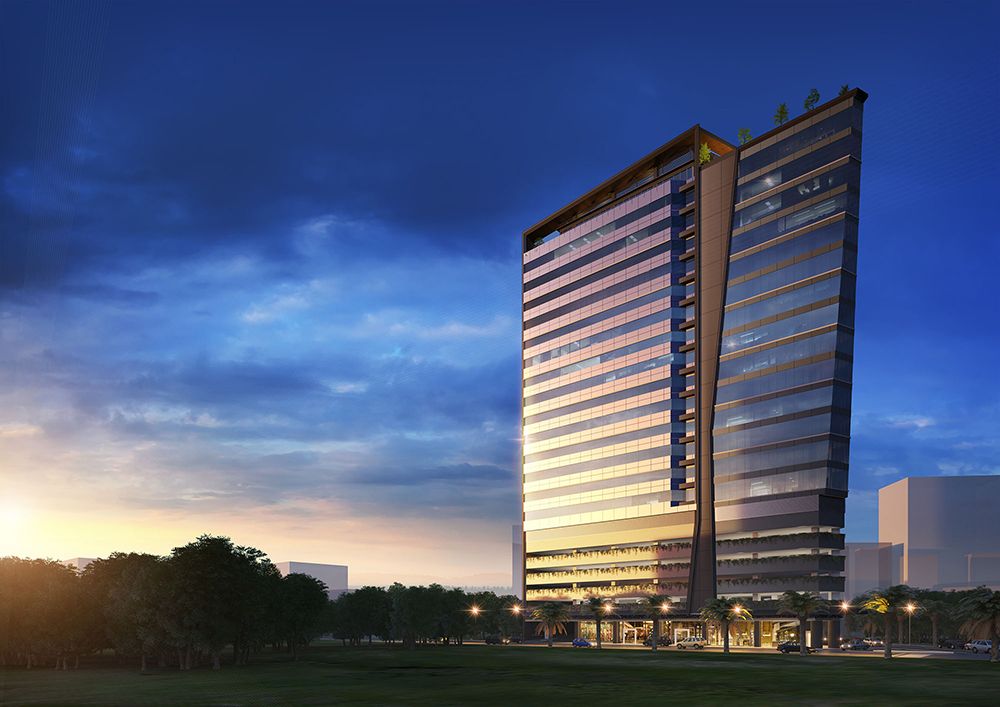As the emerging climate crisis continue to loom in the near future, sustainability and discussion of ecological conservation have been a matter of discussion around the world. In Asia, the Philippines is one of the countries in the region aiming to achieve the “Zero Energy Buildings” goal.
This goal is widely adopted by several countries their respective developers in response to the Intergovernmental Panel on Climate Change. In the IPCC report, buildings can play a big role in halving global carbon emissions by 2030 and achieving net-zero emissions by 2050 to reduce the risk posed by the climate crisis.
To reach this goal, more premium has been placed on accredited green buildings in the Philippines through the internationally recognized US Green Building Council’s Leadership in Energy and Environmental Design (LEED) certification. This enabled shift toward a greener and more sustainable estate that has placed a greater value in terms of climate resiliency, build quality, and overall tenant satisfaction.
The LEED certification has been competitive edge carried by selected buildings carefully assessed by the USGC. Here are some of the unique characteristics enjoyed by LEED-certified buildings:
- Promoting cost efficiency and environmental conservation
LEED buildings often have unparalleled sustainable features during their full life cycle. It uses recyclable or natural resources in construction materials and has energy and water-efficient amenities without losing sight of tenant safety and comfort.
According to a 2014 Berkeley study, green buildings contribute fewer greenhouse gases by 50 percent. In the Philippines, some office and commercial buildings have adopted ecological-friendly designs to improve energy and water efficiency with rainwater collection and onsite renewable energy.
RELATED:Capitalizing on Solar Energy: PH tops Asia, ranks 5th worldwide in solar energy use
Buildings become good investments with the smart use of resources and significantly 20% lower operating and maintenance costs as stated in the Environmental Protection Agency (EPA) report. These provide tangible benefits to property owners and developers in the long term.

- Developing better buildings for better tenants
LEED buildings are known for implementing cutting-edge architectural design and smarter space design to meet sustainable and aesthetical standards. Despite the utilization of recyclable or renewable resources, tenant satisfaction and employee morale are boosted through its maximized use of natural lighting and the creative placement of green spaces that add to its overall aesthetic value.
In the US, asset value also increases as businesses are often willing to pay more just to stay in a LEED structure given its benefits in occupant safety and comfort. Attracting a better tenant pool since locating in a green building also helps most corporation or companies achieve their Environmental Social Governance (ESG) goals.
RELATED:Why JEG Tower is the perfect new normal workplace
- Pushing for health and wellness

With the implications posed by the COVID-19 pandemic, public health and wellness became one of the top priorities of most companies. While green buildings are good for the environment, it has also contributed greatly to ensuring occupants or employees are better taken care of.
Through automation and a better filtration system, touchless fixtures and amenities are made available along with the improvement of the indoor environment and air quality. Cleaner air reduces the risk of transmission and prevention of respiratory illnesses.
Exposure to fewer toxins or pollutants and access to lush green spaces help reduce tress,resulting in a happier and more productive workforce.
Ready to be our partner for a greener future? Locate in a LEED building such as JEG Tower @ One Acacia today. Contact Lorenzo Martin E. Rodriguez at (+63) 917-825–6884. For leasing inquiries and more information, call us at (+63) 2-8403-5519 or send an email to info@kmcmaggroup.com.
















